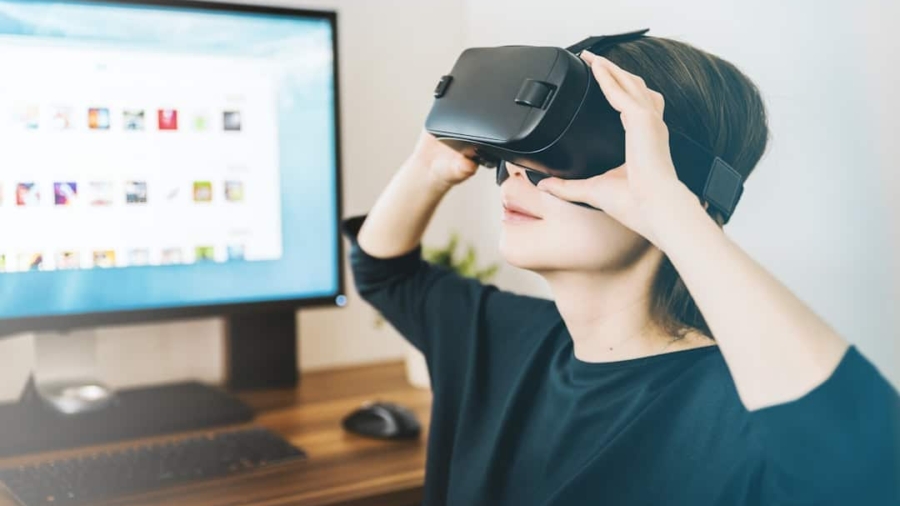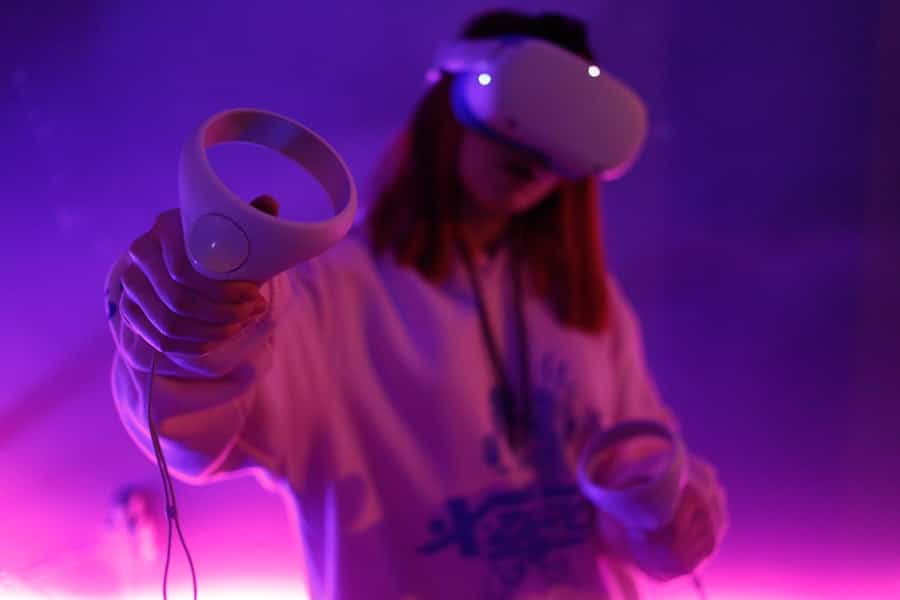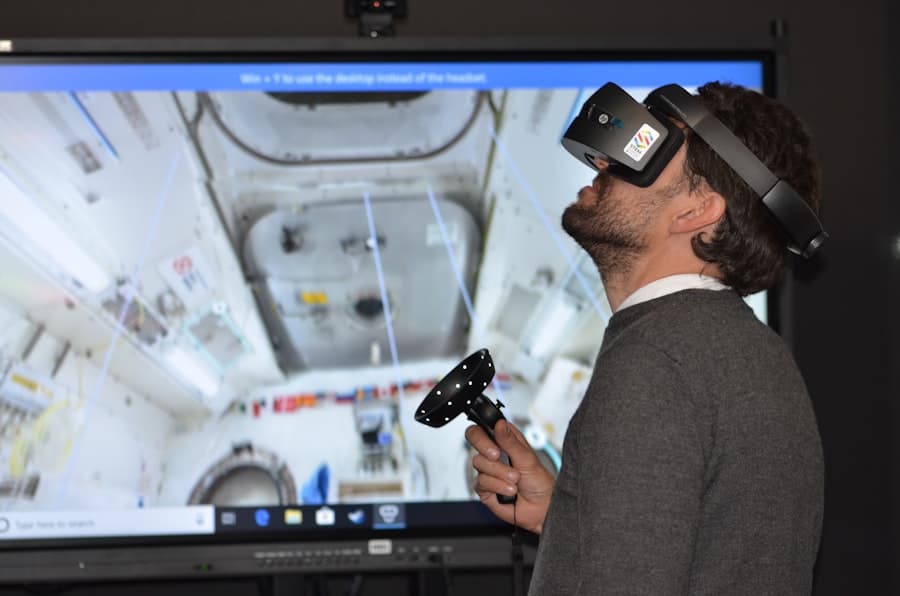Game-based learning (GBL) has emerged as a transformative approach in educational settings, particularly within corporate training environments. This innovative method leverages the principles of game design to create engaging and interactive learning experiences. By integrating elements such as competition, rewards, and narrative into training programs, organizations can foster a more immersive learning atmosphere.
The concept is rooted in the understanding that people are naturally inclined to play games, which can be harnessed to enhance motivation and retention of information. The evolution of GBL has been significantly influenced by advancements in technology and a deeper understanding of how people learn. Traditional training methods often rely on passive learning techniques, such as lectures and reading materials, which can lead to disengagement.
In contrast, game-based learning encourages active participation, allowing learners to experiment, make decisions, and receive immediate feedback. This dynamic interaction not only makes the learning process more enjoyable but also promotes critical thinking and problem-solving skills essential for success in the modern workplace.
Key Takeaways
- Game-Based Learning is an effective and engaging method of learning that uses game elements to educate and train individuals.
- Game-Based Learning in corporate training can improve employee engagement, motivation, and retention of information.
- Current trends in Game-Based Learning for corporate training include the use of mobile and virtual reality technology to enhance the learning experience.
- Technology will play a crucial role in the future of Game-Based Learning, with advancements in AI, AR, and VR shaping the way training is delivered.
- Gamification can positively impact corporate training by increasing learner participation, motivation, and knowledge retention.
Benefits of Game-Based Learning for Corporate Training
One of the most compelling benefits of game-based learning is its ability to increase engagement among employees. Traditional training sessions can often feel monotonous, leading to a lack of interest and retention. In contrast, GBL captivates learners by presenting challenges and scenarios that require their active involvement.
For instance, a company might implement a simulation game where employees must navigate complex customer service situations, allowing them to practice their skills in a risk-free environment. This hands-on approach not only enhances engagement but also fosters a sense of ownership over the learning process. Moreover, game-based learning can significantly improve knowledge retention.
Research indicates that individuals are more likely to remember information when it is presented in an interactive format.
For example, a sales training program might use a point system where employees earn rewards for successfully completing modules or achieving specific goals.
This not only motivates learners to engage with the material but also reinforces their understanding through practical application.
Current Trends in Game-Based Learning for Corporate Training
As organizations increasingly recognize the value of game-based learning, several trends have emerged that shape its implementation in corporate training. One notable trend is the rise of mobile learning games, which allow employees to access training materials anytime and anywhere. This flexibility caters to the diverse needs of a modern workforce that often balances multiple responsibilities.
Mobile games can be designed to deliver bite-sized content that fits into short breaks or commutes, making learning more accessible and convenient. Another significant trend is the incorporation of social elements into game-based learning platforms. Many organizations are now utilizing multiplayer games or leaderboards to foster collaboration and healthy competition among employees.
This social aspect not only enhances engagement but also encourages teamwork and communication skills. For instance, a company might create a team-based challenge where groups compete to solve problems or complete tasks, promoting camaraderie while simultaneously developing essential skills.
The Role of Technology in the Future of Game-Based Learning
The future of game-based learning is inextricably linked to technological advancements that continue to reshape how we interact with educational content. Virtual reality (VR) and augmented reality (AR) are at the forefront of this evolution, offering immersive experiences that were previously unimaginable. These technologies allow learners to step into realistic scenarios where they can practice skills in a controlled environment.
For example, VR can simulate high-pressure situations for emergency responders or provide realistic sales environments for retail employees. Additionally, artificial intelligence (AI) is playing an increasingly vital role in personalizing game-based learning experiences. AI algorithms can analyze individual performance data to tailor challenges and content to each learner’s unique needs.
As technology continues to advance, the potential for creating highly adaptive and responsive learning environments will only grow.
Gamification and its Impact on Corporate Training
Gamification, while closely related to game-based learning, focuses on applying game design elements in non-game contexts to enhance user engagement and motivation. In corporate training, gamification can take many forms, such as incorporating points, badges, or leaderboards into traditional training programs. This approach taps into the competitive nature of individuals and encourages them to strive for excellence in their learning endeavors.
The impact of gamification on corporate training is profound. By introducing elements such as rewards for completing modules or recognition for top performers, organizations can create a culture of achievement and continuous improvement. For instance, a company might implement a gamified onboarding process where new hires earn badges for completing various training milestones.
This not only makes the onboarding experience more enjoyable but also instills a sense of accomplishment from the outset.
Challenges and Opportunities in Implementing Game-Based Learning
Despite its numerous advantages, implementing game-based learning in corporate training is not without challenges. One significant hurdle is the initial investment required for developing high-quality games or gamified content. Organizations may need to allocate resources for software development, design, and testing to ensure that the training materials are effective and engaging.
Additionally, there may be resistance from employees who are accustomed to traditional training methods and may be skeptical about the effectiveness of games as a learning tool. However, these challenges also present opportunities for innovation and growth within organizations. By embracing game-based learning, companies can differentiate themselves in a competitive market by attracting top talent who value engaging and modern training methods.
Furthermore, organizations that successfully implement GBL can foster a culture of continuous learning and adaptability, equipping their workforce with the skills needed to thrive in an ever-changing business landscape.
The Future of Virtual Reality and Augmented Reality in Game-Based Learning
The integration of virtual reality (VR) and augmented reality (AR) into game-based learning represents a significant leap forward in how training is delivered. VR offers fully immersive experiences that can transport learners into lifelike scenarios where they can practice skills without real-world consequences. For example, medical professionals can use VR simulations to perform surgeries or diagnose patients in a safe environment, honing their skills before working with actual patients.
On the other hand, AR enhances real-world environments by overlaying digital information onto physical spaces. This technology can be particularly beneficial in fields such as manufacturing or maintenance, where employees can receive real-time guidance while performing tasks. For instance, an AR application might provide step-by-step instructions for assembling machinery directly onto the equipment itself, reducing errors and improving efficiency.
As these technologies continue to evolve, their potential applications in game-based learning will expand, offering even more dynamic and effective training solutions.
Case Studies and Success Stories in Game-Based Learning for Corporate Training
Numerous organizations have successfully implemented game-based learning strategies that demonstrate its effectiveness in corporate training. One notable example is Deloitte University’s Leadership Academy, which utilizes gamified elements to enhance leadership development programs. By incorporating simulations and interactive scenarios into their curriculum, Deloitte has reported increased engagement levels among participants and improved retention of key concepts.
Another success story comes from the pharmaceutical company Merck, which developed a game called “Merck’s Quest” aimed at educating employees about compliance regulations. The game immerses players in various scenarios where they must make decisions based on ethical considerations and regulatory guidelines. Feedback from participants indicated that they found the game both enjoyable and informative, leading to a deeper understanding of compliance issues within the organization.
These case studies illustrate how game-based learning can be effectively integrated into corporate training programs across various industries. By leveraging innovative approaches that resonate with learners, organizations can enhance their training initiatives and ultimately drive better business outcomes through improved employee performance and satisfaction.
In a recent article on ENICOMP, the founder of a sustainable energy company shares their journey in realizing the potential of sustainable energy (source). This article provides valuable insights into the importance of innovation and forward-thinking in the corporate world, which aligns with the themes of game-based learning for corporate training. By embracing new technologies and ideas, companies can stay ahead of the curve and create engaging and effective training programs for their employees.
FAQs
What is game-based learning for corporate training?
Game-based learning for corporate training is the use of games and game-like elements to engage and educate employees in a corporate setting. It involves the use of interactive and immersive experiences to teach and reinforce skills and knowledge.
What are the benefits of game-based learning for corporate training?
Game-based learning for corporate training offers several benefits, including increased engagement and motivation, improved retention of information, the opportunity for employees to practice real-world scenarios in a safe environment, and the ability to track and measure employee progress and performance.
How is game-based learning being used in corporate training?
Game-based learning is being used in corporate training through the development of custom games, simulations, and interactive experiences that are tailored to specific learning objectives and company needs. These can be delivered through various platforms, including mobile devices, computers, and virtual reality.
What is the future of game-based learning for corporate training?
The future of game-based learning for corporate training is expected to involve advancements in technology, such as the use of artificial intelligence and virtual reality to create even more immersive and personalized learning experiences. There is also a growing focus on incorporating game-based learning into ongoing professional development and upskilling initiatives within organizations.



